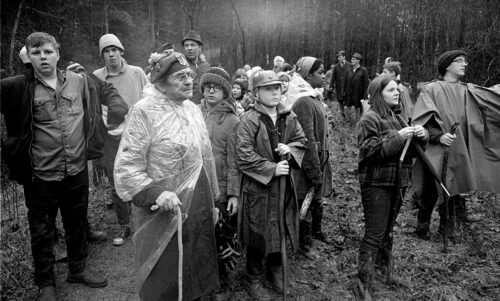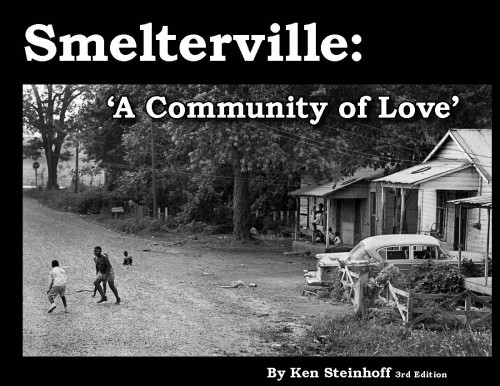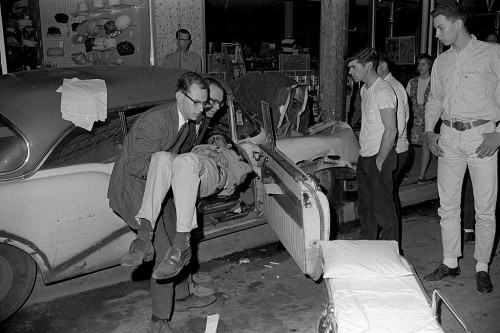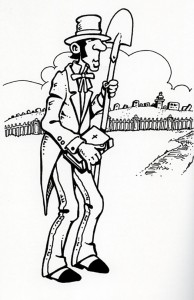A big box with 1,000 new business cards came this morning. My telephone number changed, so I had to do an update.
This photo, which replaces the one of the Cape Girardeau traffic bridge, reflects that I’m broadening out from concentrating on Cape Girardeau.
To be honest, I still have a lot of unpublished photos from the SE MO area, but all the ones I really like have already been posted. I’m looking forward to scanning more of my Ohio pictures.
This photo was taken when Grandma Gatewood was honored by having a bridge over the Buckeye Trail in the Hocking Hills State Park dedicated to her in 1969.
I didn’t know she was a big deal

When I showed up at the state park, it was foggy, sleeting and raining. The trail was a mixture of mud and treacherous ice. Lots of my photos were fuzzy because the lens was constantly fogging over or being rain dappled.
The cute gal second from the right is Lila Perry a few months before she became Lila Steinhoff.
I didn’t realize my subject was a big deal until about 20 years ago when I read a book on the Appalachian Trail where she was mentioned prominently in the forward.
The Washington Post filled in details about Grandma Gatewood:
Grandma Gatewood, as she became known, was the first woman to hike the entire 2,050 miles of the Appalachian Trail by herself in 1955. She was 67 years old at the time, a mother of 11 and grandmother of 23. She’d survived more than 30 years of marriage to a brutal husband who beat her repeatedly.
Gatewood hiked the trail carrying a homemade knapsack and wearing ordinary sneakers — she wore out six pairs of them in 146 days from May to September. She brought a blanket and a plastic shower curtain to protect her from the elements, but she didn’t bother with a sleeping bag, a tent, a compass or even a map.
The back of the card shows my bike blog
The back of the card has a drawing Don Greenwood was gracious enough to let me repurpose. I’ve neglected that blog for years, but there’s still enough good info in it that it’s worth mentioning.
You can throw this one away
This is the one that has the old phone number on it, so you can throw it away (unless you just like the photo). By the way, if anybody has a use for about 700 outdated cards, let me know.
More Smelterville books available
The last batch of Smelterville books disappeared quickly, so I ordered another 50 from the fine folks at PDQ Printing in Cape. If you’d like like a copy (they’d make great Christmas presents), they are available at these three local places.
Cape Girardeau County History Center, 102 S. High Street, Jackson, Mo., 63755; Phone 573-979-5170. $20 in person; $30 to cover shipping and handling if mailed.
Annie Laurie’s Antique Store, 536 Broadway Street, Cape Girardeau, Mo., 63701; Phone 573-339-1301, $20 in person.
Pastimes Antiques, 45 Main Street, Cape Girardeau, Mo., 63701; Phone 573-332-8882. $20 in person.








